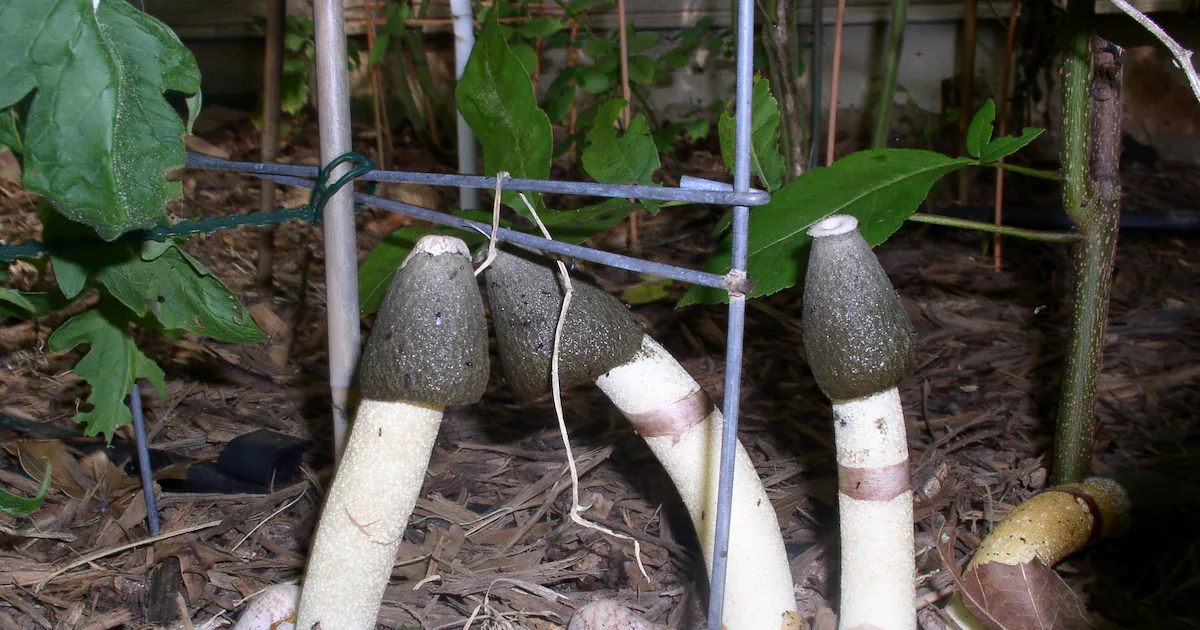Copyright Interesting Engineering

A team of scientists in China has completed ground tests of an inflatable, reconfigurable space station module that could enable large-scale industrial production in orbit. The new module features an innovative design that allows it to be launched in a tightly folded configuration. Once in orbit, it inflates to form a large space factory platform. The new platform could further boost China’s space ambitions. With the US facing delays to its Artemis lunar landing mission, China is increasingly looking to leverage innovative technologies to become the world leader in space. Inflatable module overcomes launch constraints Orbital platforms are typically constrained by limitations related to the launch vehicle. With launch costs extremely high, sending a large platform to orbit is challenging. China’s new inflatable module could overcome this hurdle, enabling mass-scale manufacturing in space. The details of the new module were announced on Monday by the Chinese Academy of Sciences (CAS). Test images have shown that the expanded module forms a cylindrical structure over two meters in diameter, according to CAS scientists. During the tests, the team behind the new module achieved a reliable airtight connection between rigid structures and the flexible habitat. They also performed a controlled deployment in a microgravity environment. According to a CGTN report, this will allow for a stable environment for high-precision manufacturing in space. “This technology will push space manufacturing from proof-of-concept toward engineering reality,” project lead Yang Yiqiang from the CAS’s Institute of Mechanics explained, as quoted by CGTN. “In the future, the utilization of space resources will be more accessible.” The researchers claim that the expandable structure is ideal for space-based manufacturing, enabling the mass production of biopharmaceuticals and the creation of novel materials. The next frontier? The advent of orbital factories Companies within the US are also looking to breach this new frontier. In 2023, California-based startup Varda Space Industries announced that it had successfully deployed its first satellite, W-Series 1, into orbit, calling it the “world’s first space factory.” Another US firm, Astroforge, believed space factories are key to overcoming some of humanity’s biggest problems. In an interview with Interesting Engineering in May this year, Astroforge CEO Matt Gialich said the company is “not going after mining resources in space just to get rich, we’re doing it to save this little blue ball we live on.” Gialich emphasized that space mining can help us move away from our reliance on mining finite resources on Earth. “The ultimate goal is to build a long-term solution that doesn’t require destroying the only planet we’ve got,” he explained. However, China is increasingly looking to replace the US as the world’s leading space power. Delays to SpaceX’s Starship lunar lander – largely associated with delayed on-orbit refueling tests – have led experts to increasingly believe that China will beat the US in the race to send humans back to the moon. Space manufacturing could be another area where China and the US compete to become global leaders in the increasingly competitive space environment.



